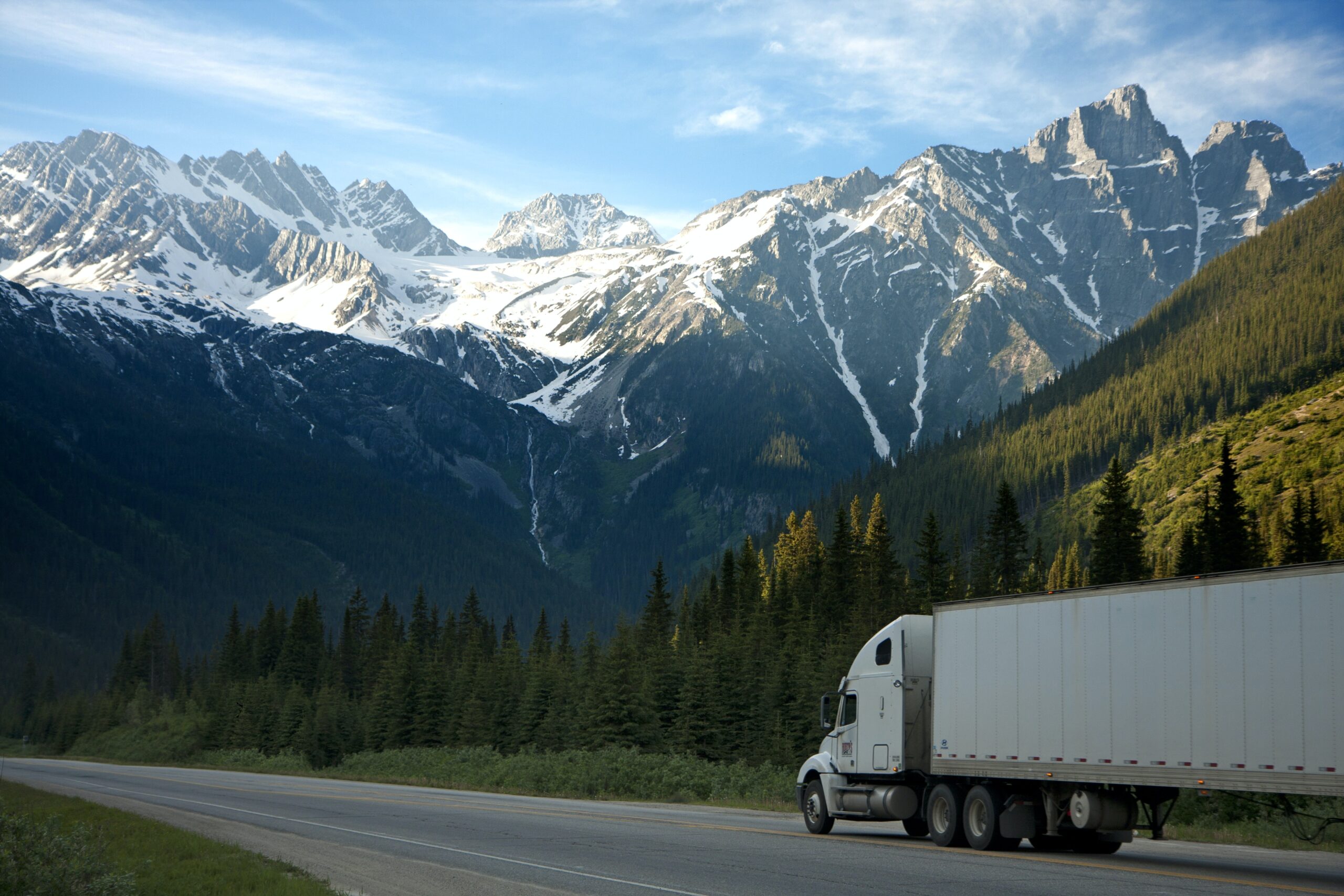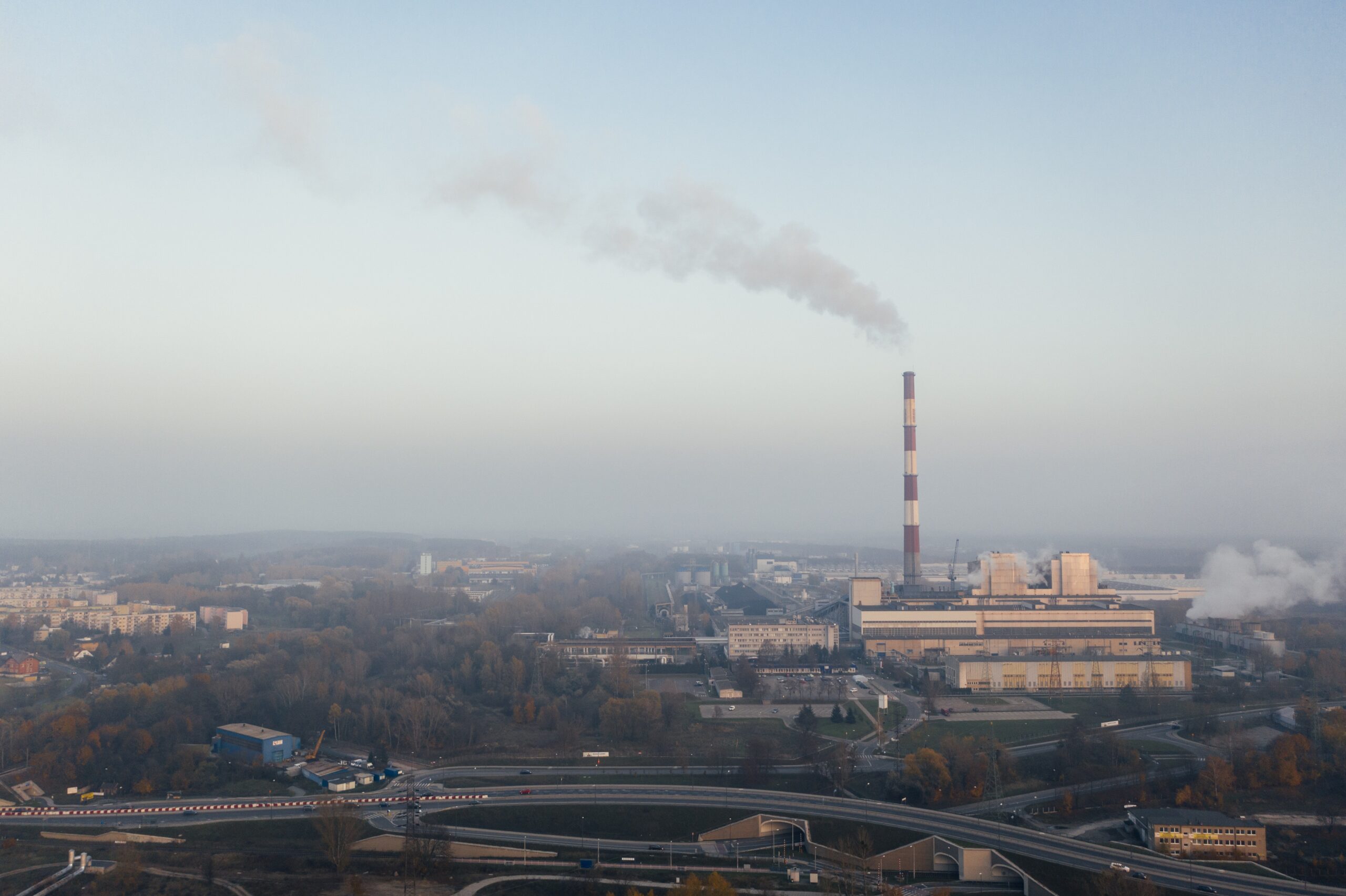Economic & Environmental Benefits of The STEER Act
Incentivizing use of emissions-reducing technologies in the trucking industry
Technologies have been developed in recent years to actively control aerodynamics and rolling resistance, and otherwise increase efficiency in the trucking industry. Smart devices that move and adapt to driving and vehicle conditions—automatically and in real-time—have huge potential to minimize drag, save fuel, and reduce emissions.
The STEER Act was introduced in mid-2021 to accelerate the adoption of these new technologies. The proposed federal program incents trucking companies to buy and install solutions that deliver significant economic and environmental benefits.
Once the legislation is passed, vouchers will offset the upfront cost and installation. The U.S. government will cover expenditures associated with adopting fuel-efficient technologies on Class 8 trucks, among the heaviest vehicles on the road, and those with the most potential to make an impact.
“We can reduce fuel consumption and emissions in the transportation industry without enacting costly … mandates on American companies and workers,” said U.S. Representative Rodney Davis, who introduced the bill in the summer of 2021. “It’s common-sense, market-driven ideas … that will protect American workers and our environment without destroying our economy,” he said.
“The STEER Act is rocket fuel for American innovations which help the trucking industry become cleaner and more efficient.”
Daniel Burrows, Founder and CEO of TruckLabs, maker of TruckWings

Daniel Burrows agrees. The founder and CEO of TruckLabs, maker of TruckWings, an aerodynamic device that closes the gap between tractor and trailer to reduce drag, said. “One-third of the world’s carbon emissions come from the transportation sector. Fleets are spending 3% to 6% more on diesel than they should. Making it easy and affordable to consume less and reduce our carbon footprint helps us all breathe easier.”
The STEER Act authorizes $100 million annually from 2022 to 2026 to retrofit heavy-duty trucks with emission reducing technology that is currently available. Fleet size determines voucher amounts.
“This bill has huge potential to bridge the gap to zero-emission truck fleets,” Burrows said, referring to the almost 4 million Class 8 trucks in operation in the U.S. “We are proud to be part of the movement to help make the world we live in a better, more sustainable place.”
The STEER ACT was introduced to fast-track deployment of already available technologies, and make an environmental and economic impact now
| Economic Benefits | Environmental Benefits |
|
|
One-Third of the Nation’s Carbon Emissions Come From the Transportation Sector
Transportation accounts for the largest portion of total U.S. greenhouse gas emissions (GHG) released into the atmosphere.
Twenty-nine percent of carbon dioxide (CO2) emissions come from combustion of fossil fuels, including gasoline and diesel used to transport people and goods, via on-road vehicles, aircraft, trains, and ships.
One quarter of that CO2 is emitted by trucks—particularly Class 8 trucks—which are responsible for releasing high (and harmful) levels of carbon dioxide.
Increasing CO2 in the air traps heat, raises temperatures, and causes energy imbalance that negatively impacts our health and degrades the environment.
Burning fossil fuels like coal, oil, and natural gas cause most greenhouse gas emissions, which are comprised mostly of carbon dioxide (CO2). These harmful gases, generated by human activity, upset the natural greenhouse effect, and are responsible for global warming and climate change.
EPA.gov
The evidence is alarming, but the good news is there are actions to take. Alternative energy sources, aerodynamic devices that reduce drag, and new technologies are increasingly embraced by trucking companies to reduce the industry’s effect on the world we live in.
TruckWings check every box
With 450 million over-the-road miles under its belt since 2015, TruckWings goes a long way toward doing something about GHG. As the only aerodynamic device that automatically closes the gap between cab and trailer, TruckWings is part of the solution towards reducing unhealthy emissions in the air.
Deploying at 52 mph and retracting at 50 mph—with zero driver intervention required—TruckWings gives everyone good reasons to get on board:
Drivers count on TruckWings to do their job while they stay focused on their driving. Operators know it’s there, but there’s no action required on their part to make it work.
Fleet owners depend on TruckWings for fuel savings of 4% to 6%. As advances are made toward the use of renewable energy sources like propane, natural gas, electricity, hydrogen fuel cells, and biodiesel, the same TruckWings that are installed today will deliver even more savings and sustainability benefits as new fuels become mainstream.
Those in the c-suite appreciate the fast return-on-investment TruckWings delivers. With a million-mile lifespan, the automated solution has an ROI of just 15- to 18 months.
TruckWings is making a statement. Every day, at every turn, its presence reminds drivers, customers, and those who share the road that the company responsible for the tractor-trailer that sports them is serious about running an efficient business—and making a difference for us all.
The problem TruckWings help solve
| 80% | 95% | 6,558M |
| More than three-quarters of U.S. greenhouse gas emissions are comprised of environmentally detrimental CO2 . | Today almost all transportation energy comes from petroleum-based fuels that pollute the air we breathe. | Millions of metric tons of CO2 are emitted each year by all sectors: transportation, electric, industrial, residential, commercial, agriculture. |
Greenhouse gas reduction opportunities in the transportation sector:
Use new, cleaner fuels that emit less CO2.
Reduce aerodynamic resistance of vehicles.
Adopt sustainable practices/technologies.



